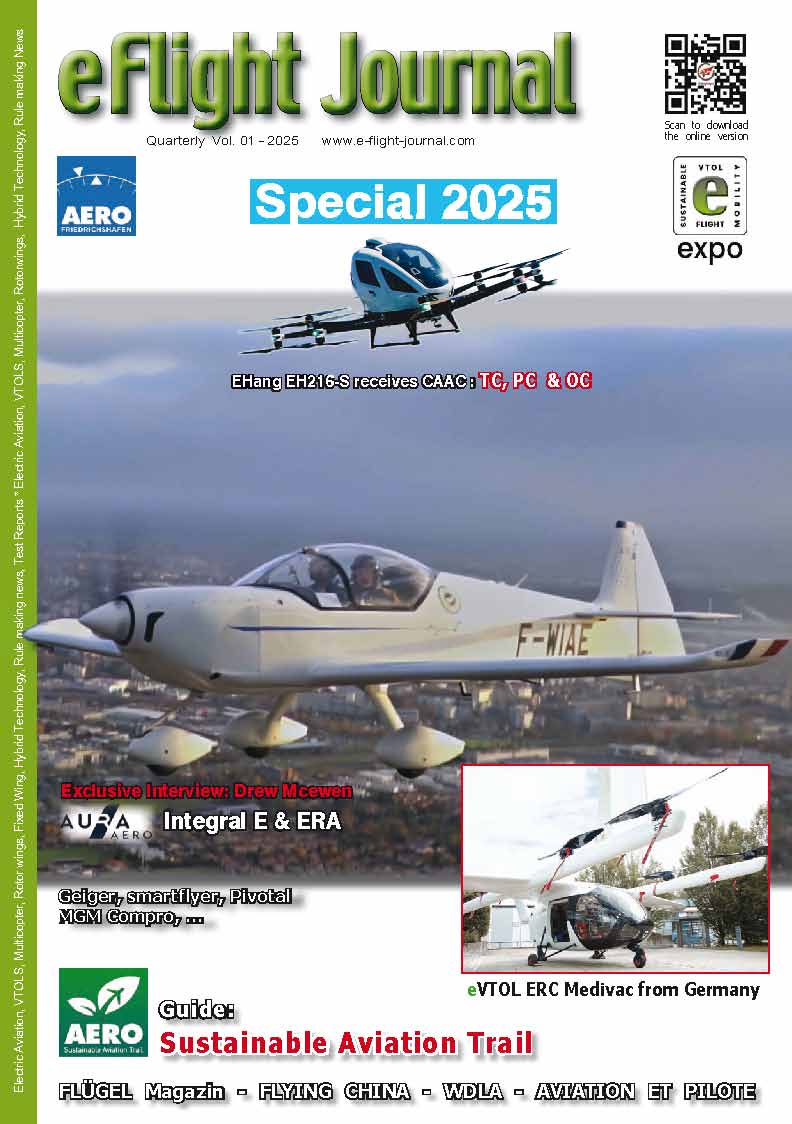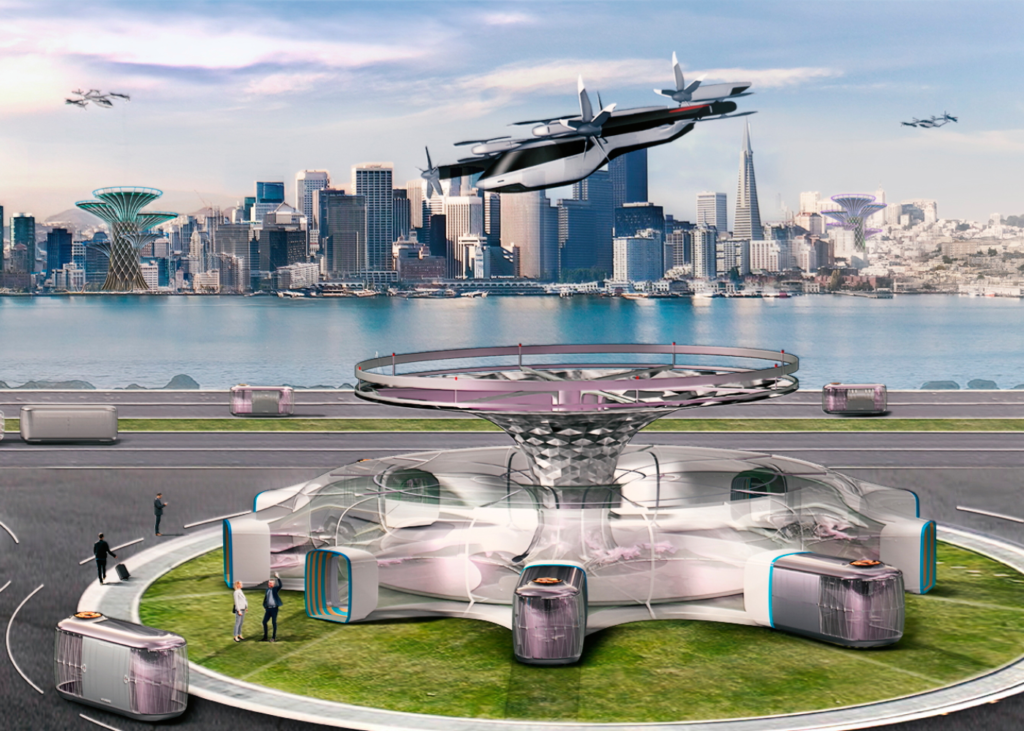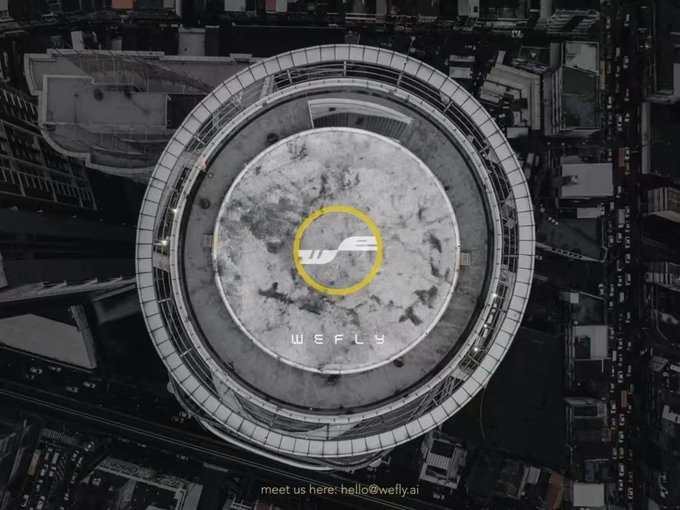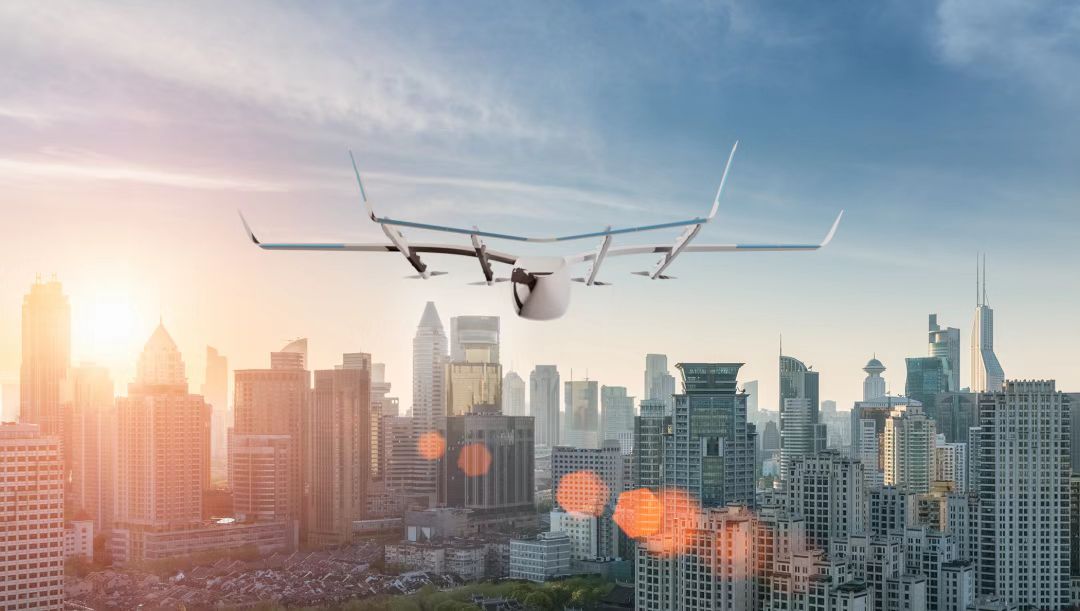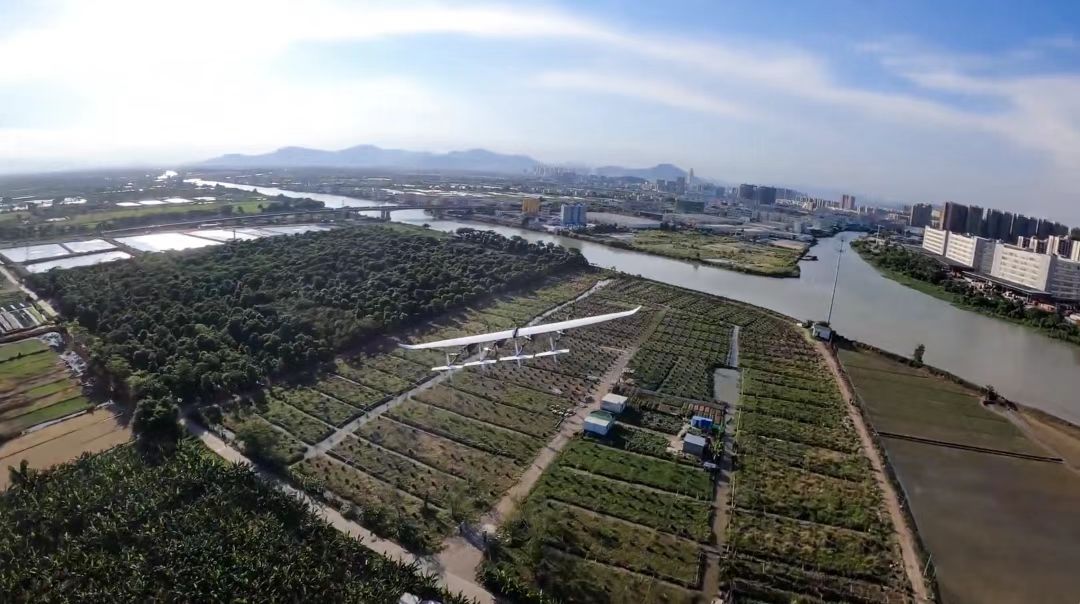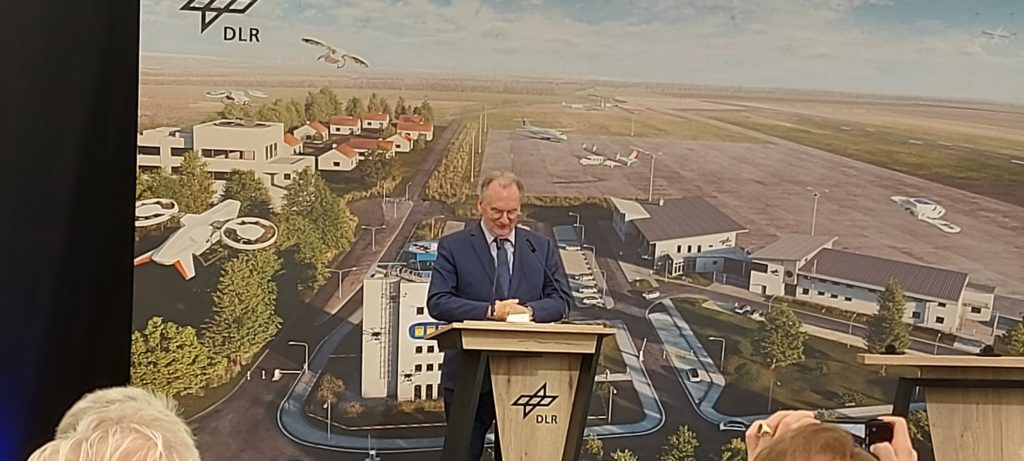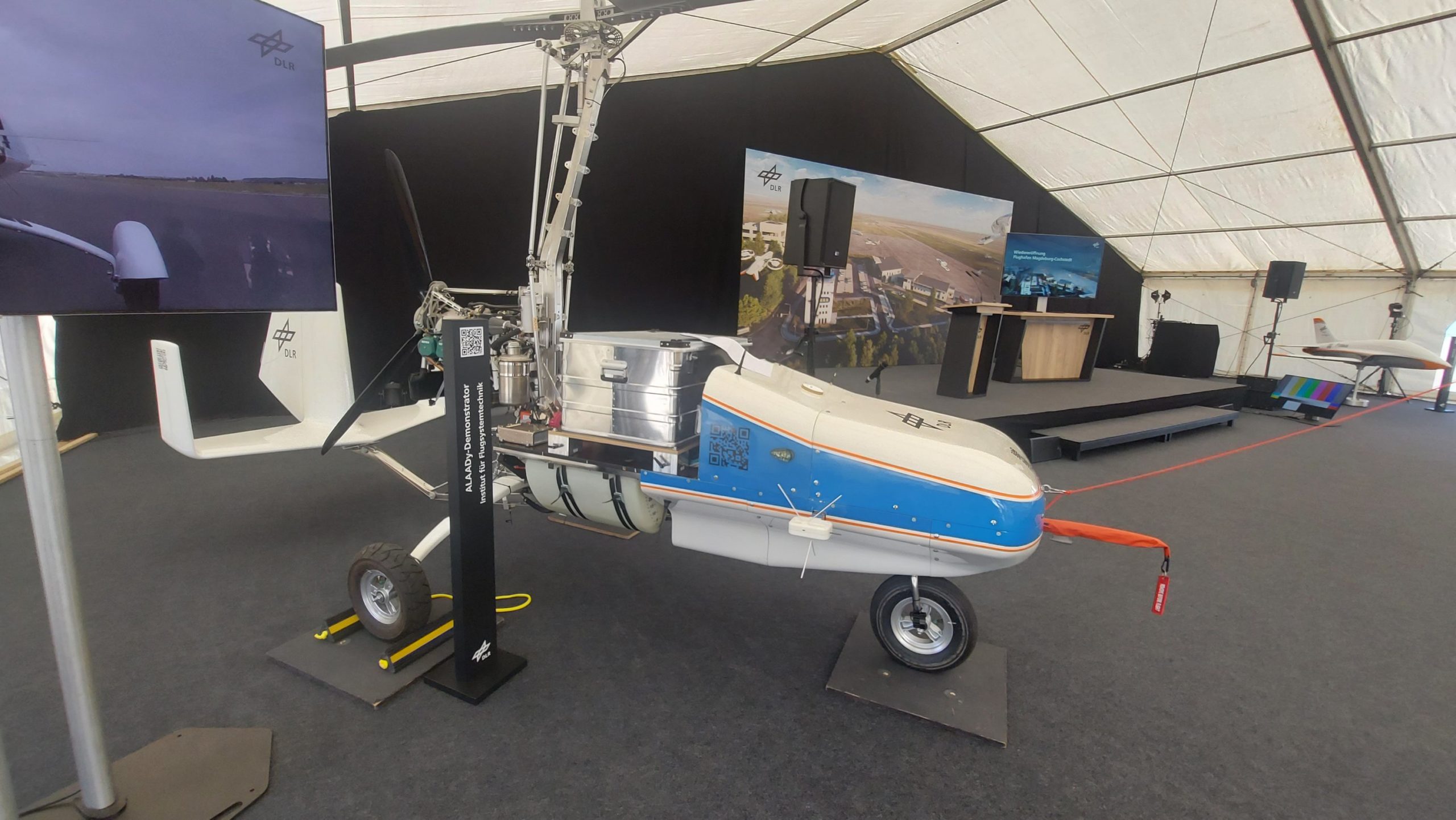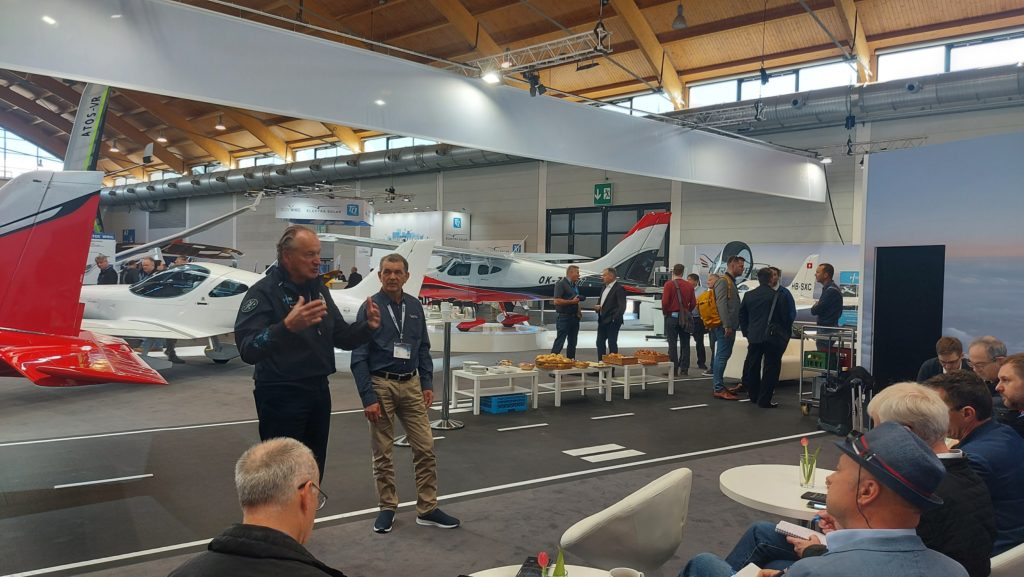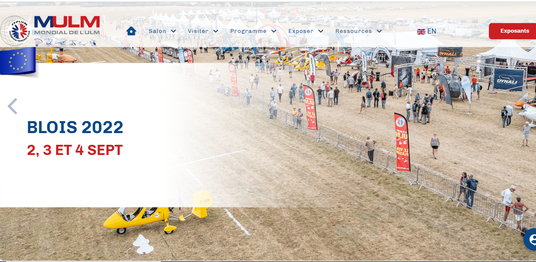May 31st 2022, TCab Tech, an eVTOL startup based in Shanghai China, and Safran Electrical & Power, announced a cooperation agreement to equip Tcab’s E20 eVTOL aircraft with ENGINeUSTM electric smart motor of Safran.

TCab Tech is currently developing E20, a 5-seater passenger-carrying eVTOL aircraft equipped with six rotors – four tilt and two lift rotors – and a high gull-wing with a conventional tailplane design. The eVTOL targets a maximum design range of 200km, and a cruising speed of 260km/hour. Safran Electrical & Power will supply all six ENGINeUS TM electric smart motors. TCab targets CAAC (Civil Aviation Administration of China) certification for the E20 by 2025.

The ENGINeUSTM product line includes a broad range of electric motors with power outputs from single digit to 500 kW. The ENGINeUSTM motor that will equip the E20, delivers more than 100 kW at take-off and features a fully integrated motor controller within the machine. The thermal management is provided by an optimized air-cooling system. The certification of the electric motor is planned for mid-2023.

“A world class motor partner is essential for the development of the eVTOL aircraft.” said Yon Wui NG, CEO & Founder of TCab Tech. “We are excited to work together with Safran to integrate the E20 with high reliability and superb performance electric propulsion system. The smart motor has a well-advanced certification plan matching our E20 certification needs, which makes it an ideal choice for our eVTOL aircraft.”
“Electric motor is a critical design consideration for an eVTOL aircraft because it drives the aircraft configuration and weight, the rotor size and noise, the battery pack voltage and power, the propulsion system architecture and thermal management…etc. Collaboration with Safran increases the maturity level of our aircraft design especially the electric propulsion system design.” said Yinji HUANG, Chief Engineer of TCab Tech.
“By providing our ENGINeUSTM electric motors to this revolutionary E20 eVTOL designed by TCab Tech, Safran Electrical & Power is participating to write a new page in urban air mobility. This project combines breakthrough technologies, a low-carbon footprint and a high level of safety due to the electric distributed propulsion”, said Thierry Sieg, Vice President of Sales & Marketing at Safran Electrical & Power.
“By bringing sustainable and innovative technologies, Safran is proud to partner with TCab Tech to be further present in this new emerging and environmentally friendly sector of the urban air mobility in China. We have high hopes for E20 eVTOL’s prospect in the Chinese market”, said Philippe Bardol, Safran General Delegate for China and CEO of Safran China.
